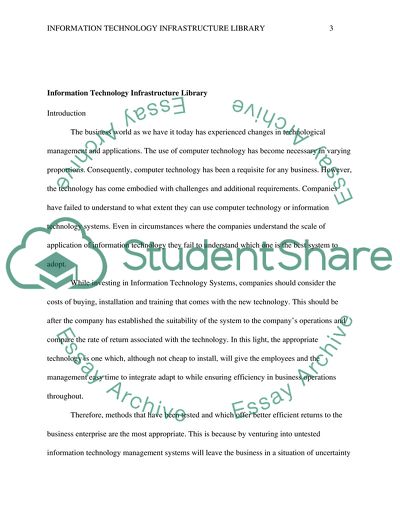Cite this document
(“Information Technology Infrastructure Library Term Paper”, n.d.)
Retrieved from https://studentshare.org/information-technology/1597323-information-technology-infrastructure-library
Retrieved from https://studentshare.org/information-technology/1597323-information-technology-infrastructure-library
(Information Technology Infrastructure Library Term Paper)
https://studentshare.org/information-technology/1597323-information-technology-infrastructure-library.
https://studentshare.org/information-technology/1597323-information-technology-infrastructure-library.
“Information Technology Infrastructure Library Term Paper”, n.d. https://studentshare.org/information-technology/1597323-information-technology-infrastructure-library.


